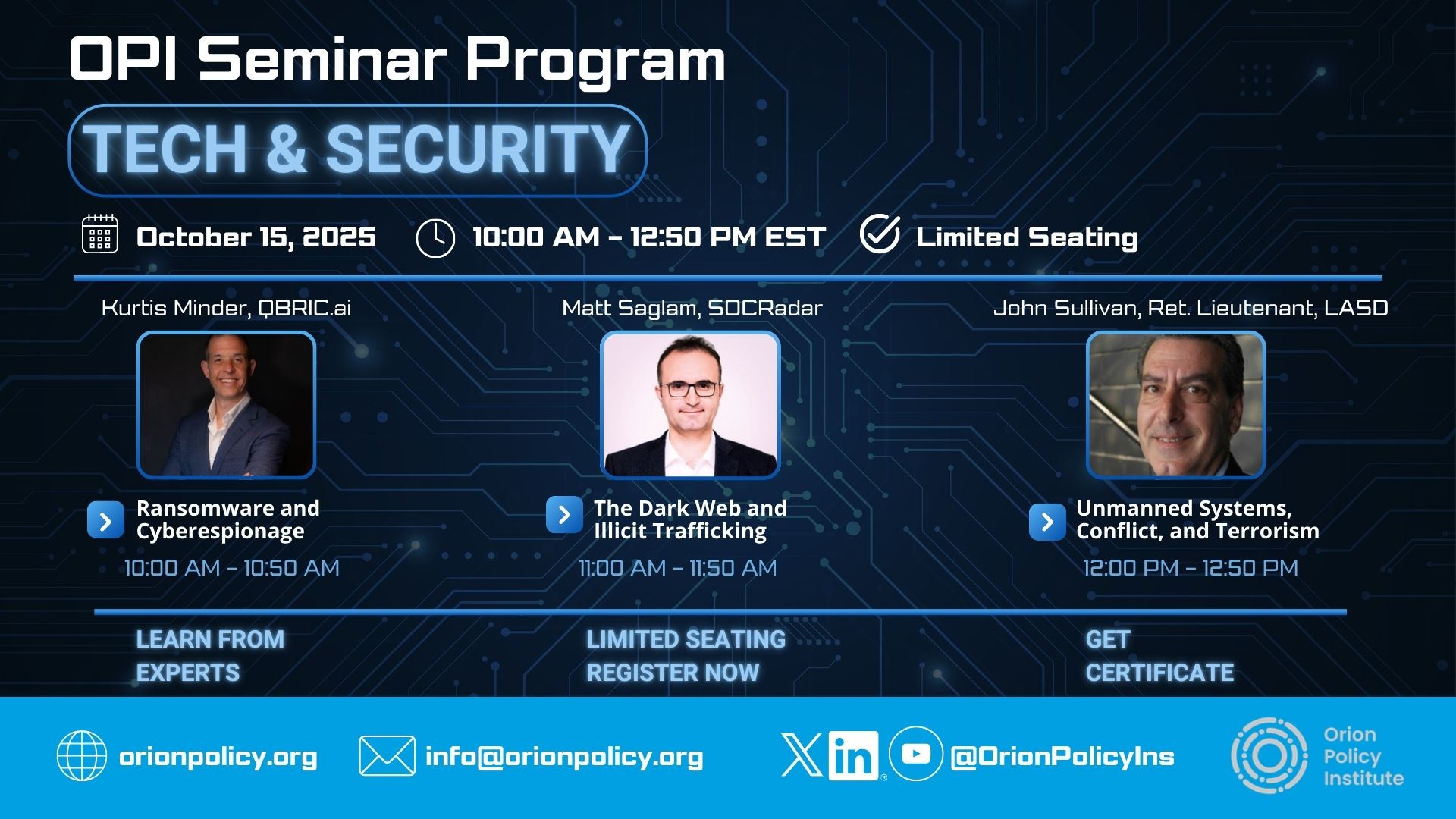
The Democratic Republic of Congo (DRC) is exceptionally rich in natural resources. It has 200 million acres of cultivable land and the world’s second-largest rainforest. It is home to an immensely diverse flora and fauna, and – as is notoriously known – is also rich in mineral resources. However, the extraction of the DRC’s minerals, timber, charcoal, wildlife, and cash crops has too often been controlled by armed, predatory, and corrupted actors and has been associated with exploitative practices.
According to the United Nations Group of Experts on the DRC, the Democratic Forces for the Liberation of Rwanda (FDLR, an Ethnic Hutu group opposed to Tutsi influence and power that was founded in 2000) finances itself from the exploitation of charcoal and wooden planks in Virunga National Park as well as from illegal hunting, poaching, and illegal trade of wildlife products (e.g., ivory). Similarly, the Allied Democratic Forces (ADF, an Islamist insurgent group with Ugandan roots founded in 1996) has historically benefited from the exploitation of timber and gold mines, as well as rice, manioc, coffee, and cocoa, and from poaching and trade in bushmeat. The Rwanda-backed March 23 Movement (M23, a group formed in 2012, currently in control of several territories in the East of DRC) also collects financial resources from the illegal logging of timber, from the illegal mining of coltan, tin, tungsten, and tantalum, and from wildlife trafficking.
As armed actors illegally appropriate, transport, and sell the DRC’s natural resources, they also resort to practices of exploitation against the people living in those resource-rich territories. In mining zones, for instance, villagers are often rounded up, beaten, and forcibly put to work. Forced labor at mines typically entails digging minerals, hauling ore, or sorting and washing mineral ore. However, it may also involve support roles, such as guarding, porting, cleaning, cooking, delivering messages, spying, and collecting taxes at mining sites. Practices of forced labor are also observed in the production of timber and charcoal, where armed actors force local communities to engage in logging activities, and then they either appropriate the timber and charcoal produced or they impose taxes on their transportation. Alongside adults, children are also commonly exploited in the extraction of the DRC’s natural resources. For instance, there are reports of child labour in the mining of diamonds, copper, gold, cobalt, ore, tin, cassiterite, and wolframite. Children are also exploited in the smuggling of minerals.
Practices of illicit extraction and human exploitation in the DRC’s cocoa sector
While most of the international attention has focused on minerals, cocoa is an integral part of the war economy that has developed around the natural resources of the DRC and the Great Lakes region. Indeed, cocoa has become a source of insecurity, targeted by multiple armed actors that have developed the practice of raiding local farms, using modern slavery practices, illicitly appropriating the farms’ produce, and smuggling cocoa into Uganda for a profit.
Among those most involved in this crime is the ADF, which, according to the UN Group of Experts on the DRC, has been carrying out violent and deadly attacks against cocoa farmers across Beni, Bulongo, and Mutwanga. Beyond the ADF, farmers in Mavivi, Rwenzori, and Kainama, in North Kivu, attributed attacks on cocoa farms to civilian bandits or unidentified armed men “mimicking” the ADF who occupy cocoa fields and steal cocoa during harvest periods.
However, it is not only irregular armed actors. Members of the Congolese Armed Forces (FARDC) have also been involved in raiding cocoa farms and illegally appropriating their produce. Ironically, the FARDC were allegedly deployed in those territories to protect local communities from the assaults, exploitation, and abuses perpetrated by the ADF, but they ended up doing the same. Farmers and traders complain that the FARDC members based in Rwenzori and around Oicha are more interested in trading cocoa than they are in protecting the population.
Farmers who survive violent attacks on their farms or villages are forcibly put under the control of the armed actors and forced to engage in farm labor for the latter’s exclusive economic benefit. The ADF, for instance, has not only been attacking cocoa farmers in the fields, but has also been abducting them, forcing abductees to farm on their behalf. Captives captured by the ADF around Oicha, in North Kivu, were forced to farm cocoa and other crops for the group whilst in captivity. Besides, farmers are not only targeted by armed groups to engage in forced labor in the fields – even though this is the most common pattern. Rather, cocoa farmers who were captured by ADF and held captive for several days were also forced to work as porters for the group.
A profitable cross-border smuggling business
After armed actors assert their presence on cocoa farms and force farmers to carry out the harvest, or engage in harvesting themselves, they establish their control over the whole produce. Once the cocoa beans are in the hands of armed actors, the most common strategy to make the maximum profit is to smuggle the beans to Uganda, taking advantage of porous borders and poor law enforcement. As in the case of raids against cocoa-growing farms, it is not only armed groups and criminal gangs. Rather, some FARDC soldiers are also implicated in the smuggling of cocoa beans into Uganda, or the sale of beans to local trans-border smugglers.
The 950 km-long-border between the DRC and Uganda, dotted by hundreds of unmanned entry points, is the ideal site of illegal cocoa transactions. Trucks carrying cocoa pass weekly along Route Nationale 4 (RN4), which connects the border between the DRC and the Central African Republic to the border between the DRC and Uganda. Large volumes of cocoa are also smuggled into Uganda by truck or motorbike at Kasindi, Nobili, and Mahagi, or by pirogue across Lake Albert from Kasenyi Port and across Lake Edward from Kyavinyonge Port. On the Ugandan side, cocoa that was smuggled from the DRC goes primarily to Bwere, Bundibugyo, and Kasese.
Thus, vast amounts of cocoa harvested by Eastern DRC’s farmers and illegally appropriated by armed actors enter global supply chains through Uganda. Once in Uganda, traders affix Ugandan certificates of origin, including for export, and the cocoa is sold to international chocolate companies. The consequence is that the benefits of the DRC’s cocoa production are de facto reaped by Uganda – which probably explains the reticence of the government in Kampala to curb this illegal business.
In other words, while the Ugandan economy benefits from the sale of Congolese cocoa to major chocolate companies, no economic value is felt in the DRC. Cocoa farming communities in North Kivu and Ituri continue to be victims of violence and exploitation and only predatory armed actors and smugglers make a profit out of their cocoa.
Conclusion
Faced with this reality, the Congolese government should train front-line officials on standard operating procedures to proactively identify victims of forced labor; create avenues through which local agricultural communities can safely report cases of attacks, abuses, and exploitation; eliminate the excessive fees, charges, and paperwork requirements that disincentivize legal trade; as well as combat corruption in the armed forces and foster greater cooperation between law enforcement, customs services, and other relevant bodies.
The Ugandan government should also enhance regulatory controls on any cocoa coming from the DRC to ensure verification of the export permits, custom clearance documents, and DRC tax receipts; launch investigations into the illicit appropriation of agriculture and natural resources; and recognize that smuggling networks may be economically beneficially in the short term, but are ultimately detrimental to the Ugandan state, its functioning, and its development.
However, the responsibility to address this situation does not only rest with Kinshasa and Kampala. The international cocoa industry also has an important role to play. Specifically, it should implement a holistic human rights due diligence policy; develop and enforce a supplier code of conduct, which should reflect international labor standards; invest more serious and consistent efforts in the traceability of cocoa beans; and pressure the Ugandan and Congolese governments to curb cocoa smuggling.
Note: The article is based on a larger research report published by Free the Slaves in May 2025, Armed Actors, Modern Slavery and Cocoa Smuggling: An Investigation into the Cocoa Sector in the Democratic Republic of Congo.
*image credit: VOA.




